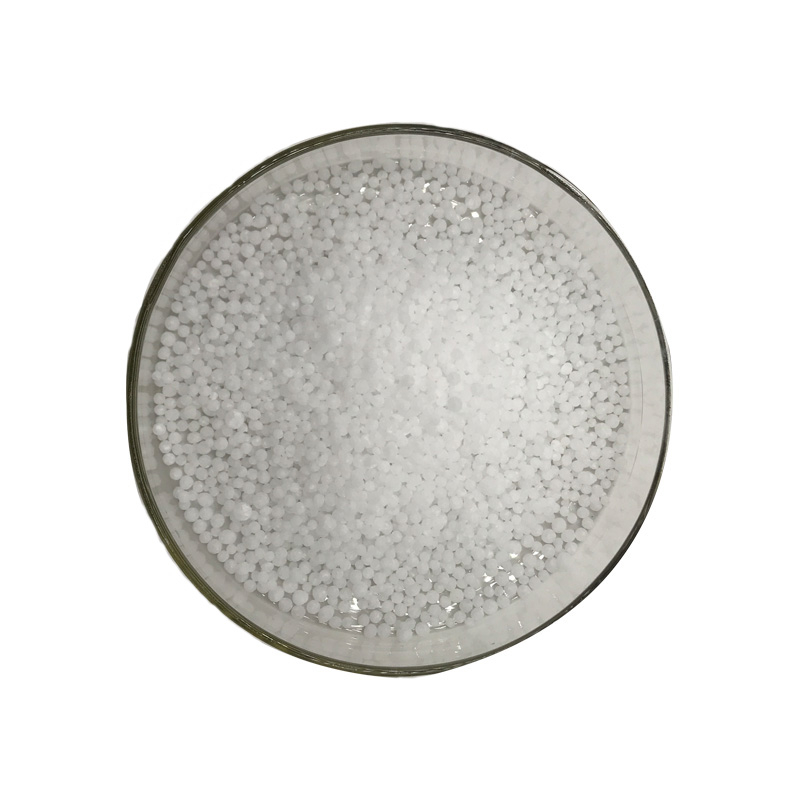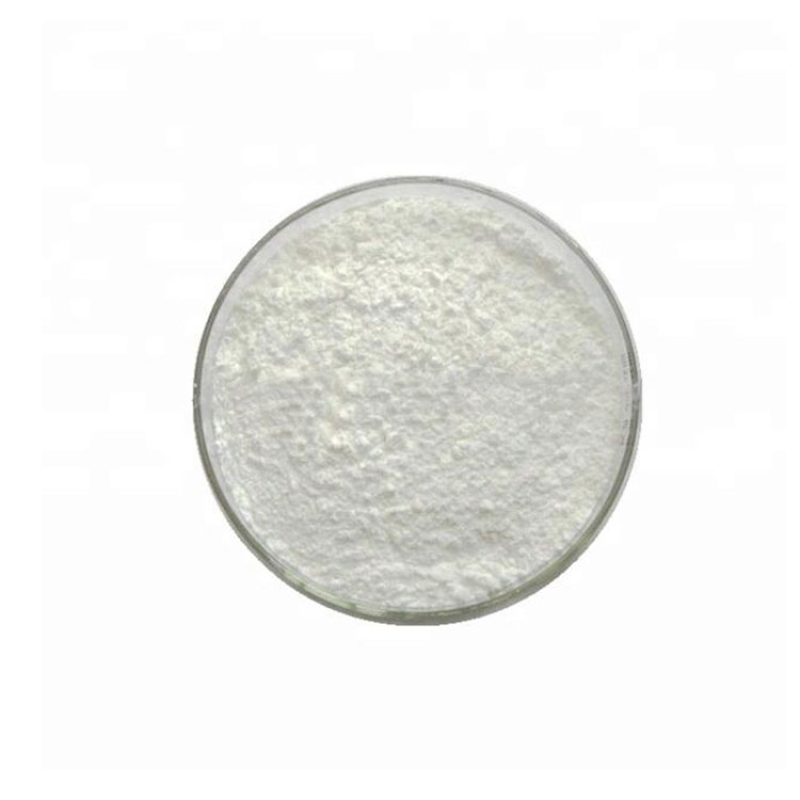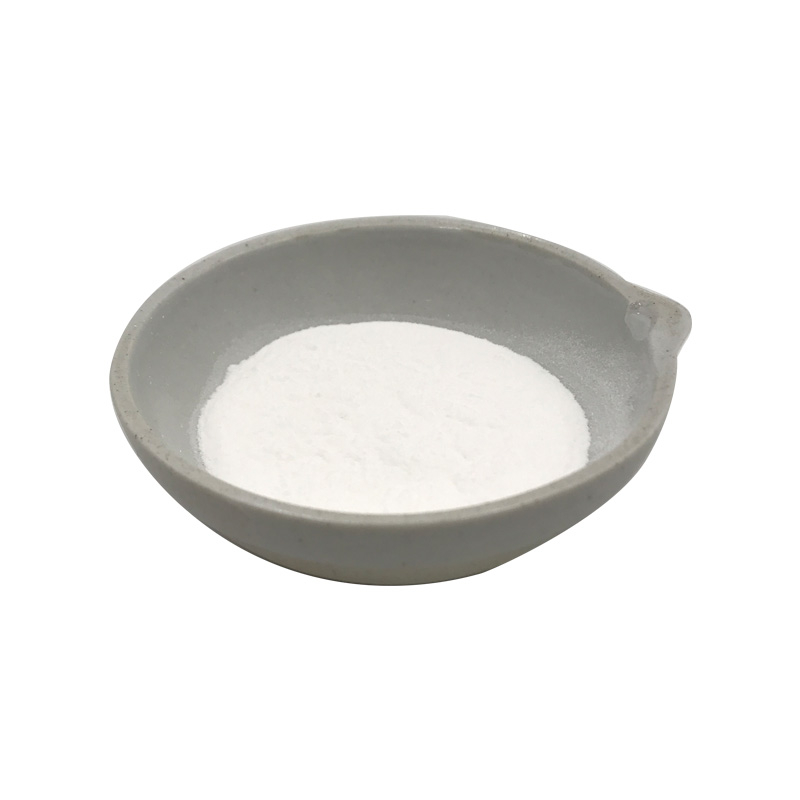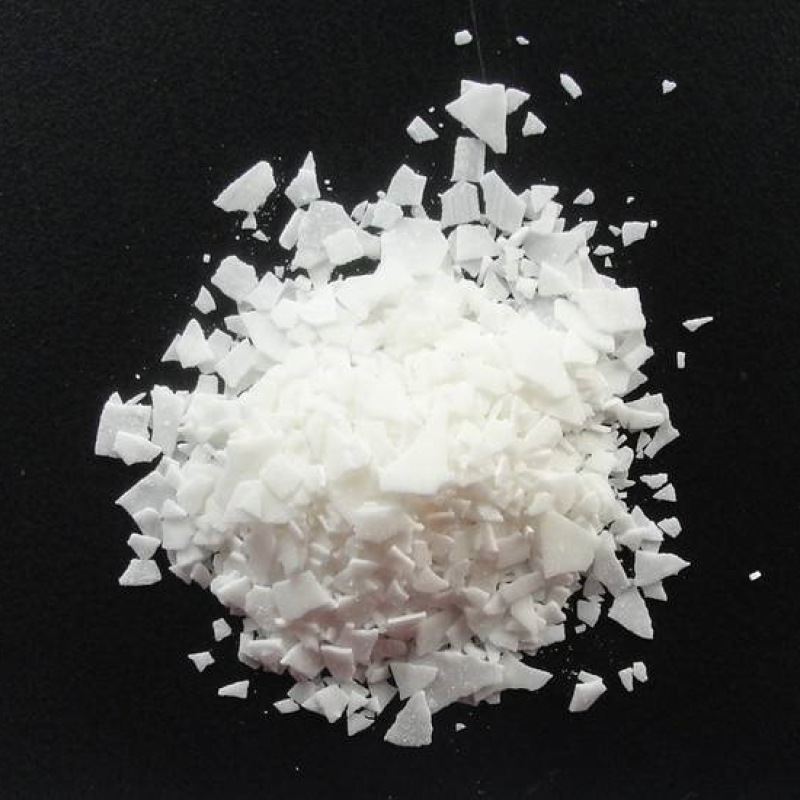Poly(oxy-1,2-ethanediyl), .Alpha.-Hydro-.Omega.-Hydroxy-, Mono-C12-14-Alkyl Ethers, Phosphates CAS#68511-37-5The molecular structure contains polyoxyethylene segments, hydroxyl groups, C12-14 alkyl ether and phosphate groups. This unique structure enables it to have multiple properties. It has good surface activity, can reduce the surface tension of the liquid, and play the role of emulsification, dispersion and wetting at the interface.
Contact Now
Products Description of BISPHENOL A ETHOXYLATE DIMETHACRYLATE CAS#41637-38-1Colorless liquidBISPHENOL A ETHOXYLATE DIMETHACRYLATE Chemical Propertiesdensity 1.12 g/mL at 25 °C(lit.)refractive index n20/D 1.532Fp >230 °Fstorage temp. 2-8°CEPA Substance Registry SystemPoly(oxy-1,2-ethanediyl), .alpha.,.alpha.'-[(1-methylethylidene)di-4,1-phenylene]bis[.omega.-[(2-methyl-1-oxo-2-propenyl)oxy]- (41637-38-1)Safety InformationHazard Codes XiRisk Statements 36/37/38-43Safety Statements 26-36WGK Germany 3 Factory and Equ
Contact Now
POLY(ETHYLENE GLYCOL) METHYL ETHER ACRYLATE Chemical PropertiesMelting point 6-7 °C(lit.)density 1.09 g/mL at 25 °C(lit.)Fp >230 °Fstorage temp. -20°Cform Granular Solidcolor White to off-whiteWater Solubility Soluble in waterEPA Substance Registry SystemPoly(oxy-1,2-ethanediyl), .alpha.-(1-oxo-2-propenyl)-.omega.-methoxy- (32171-39-4)Safety InformationHazard Codes TRisk Statements 45-46Safety Statements 53-36/37/39-24/25-22-45WGK Germany 3TSCA YesHS Code 39072090Factory and Equipment ShowFast delivery
Contact Now
Products Description of O-Phenylphenoxyethyl Acrylate CAS#72009-86-0White powderO-Phenylphenoxyethyl Acrylate Chemical Propertiesvapor pressure 0Pa at 20℃Water Solubility 30mg/L at 20℃InChIInChI=1S/C17H16O3/c1-2-17(18)20-13-12-19-16-11-7-6-10-15(16)14-8-4-3-5-9-14/h2-11H,1,12-13H2InChIKeyVAZQKPWSBFZARZ-UHFFFAOYSA-NSMILESC(OCCOC1=CC=CC=C1C1=CC=CC=C1)(=O)C=CLogP3.68EPA Substance Registry SystemPoly(oxy-1,2-ethanediyl), .alpha.-(1-oxo-2-propenyl)-.omega.-([1,1'-biphenyl]-2-yloxy)- (72009-86-0)Factory and Equipment ShowFast delivery timeInventory 2-3 working days New production
Contact Now
Products Description of TRANS-1,2-DICHLOROETHYLENE CAS#156-60-5Trans-1,2-dichloroethylene is a chemical substance, a colorless, volatile liquid with a slightly pungent odor, flammable, and its vapor can form an explosive mixture with air. It can cause combustion and explosion when exposed to open flames and high heat. It can decompose into highly toxic phosgene and hydrogen chloride gas when heated in the air. It can react strongly with oxidants.
Contact Now
Products Description of 1,2-O-Isopropylidene-Alpha-D-Xylofuranose CAS#20031-21-41,2-O-isopropylidene-α-D-xylofuranose can be used to prepare 3-deoxy-1,2-O-isopropylidene-D-xylofuranose. 3-Deoxy-1,2-O-isopropylidene-D-xylofuranose is a chiral intermediate for the synthesis of atorvastatin to produce the pharmacological side chain.
Contact Now
Butylated Hydroxytoluene CAS#128-37-0Butylated hydroxytoluene is a synthetic phenolic compound mainly used as an antioxidant and preservative in the food industry.
Contact Now
Butylated Hydroxytoluene CAS#128-37-0Butylated hydroxytoluene is a synthetic phenolic compound mainly used as an antioxidant and preservative in the food industry.
Contact Now
Products Description of Poly(methyl methacrylate)CAS#9011-14-7Polymethyl Methacrylate (PMMA) is a high molecular polymer, also known as acrylic or organic glass. It has the advantages of high transparency, low price, and easy machining. It is a commonly used glass substitute material.On October 27, 2017, the World Health Organization's International Agency for Research on Cancer published a preliminary list of carcinogens for reference.
Contact Now
Products Description of Poly(tetrahydrofuran)CAS#25190-06-1Polytetrahydrofuran is a white waxy solid that is easily soluble in alcohols, esters, ketones, aromatic hydrocarbons and chlorinated hydrocarbons, but insoluble in aliphatic hydrocarbons and water.
Contact Now
Products Description of Dimefluthrin CAS#271241-14-6As a new type of pyrethroid hygienic insecticide, cypermethrin has a high protective effect on mosquitoes resistant to allethrin and prallethrin. The pesticide is safe for humans and does not pollute the environment. The dosage of its preparation is as low as 0.015%.Currently, cypermethrin coil mosquito coils mostly use the analysis method provided by Sumitomo Chemical Co., Ltd. of Japan, that is, GC-ECD (electron capture detector) analysis, and the pretreatment method is cumbersome.
Contact Now
Products Description of 1,2-Diformyloxyethane CAS#629-15-2Ethylene glycol diformate is a toxic substance that is liquid at room temperature and has a special odor.
Contact Now
Methylammonium bromide CAS#6876-37-5Methylammonium bromide Chemical PropertiesMelting point 248.0 to 253.0 °CWater Solubility Soluble in waterform powdercolor White to Almost whiteInChIInChI=1S/CH5N.BrH/c1-2;/h2H2,1H3;1HInChIKeyISWNAMNOYHCTSB-UHFFFAOYSA-NSMILES[NH3+]C.[Br-]Safety InformationHazard Codes XnRisk Statements 22-36/37/38Safety Statements 26-36/37/39-46WGK Germany 3HS Code 29239000Factory and Equipment ShowFast delivery timeInventory 2-3 working days New production 7-10 working days
Contact Now
Products Description of Poly(vinyl alcohol)CAS#25213-24-5White powderPoly(vinyl alcohol) Chemical PropertiesMelting point >300 °CEPA Substance Registry SystemVinyl acetate vinyl alcohol polymer (25213-24-5)Safety InformationRisk Statements 23/24/25-36/38-39/23/24/25Safety Statements 26-36/37-45WGK Germany 1RTECS TR8100000 Factory and Equipment ShowFast delivery timeInventory 2-3 working days New production 7-10 working days
Contact Now
Products Description of Decyl glucoside CAS#68515-73-1Decyl glucoside is a new type of nonionic surfactant alkyl polyglycoside (APG).
Contact Now
Products Description of Cocamidopropyl betaine CAS#61789-40-0Cocamidopropyl betaine is a mixture, generally containing several main ingredients in different contents: decylamidopropyl betaine (abbreviated as C10), lauramidopropyl betaine (abbreviated as C12), myristamidopropyl betaine (abbreviated as C14), palmitamidopropyl betaine (abbreviated as C16), stearamidopropyl betaine (abbreviated as C18), etc.Cocamidopropyl betaine Chemical PropertiesBoiling point 104.3℃[at 101 325 Pa]vapor pressure 0Pa at 25℃storage temp. Refrigeratorsolubility Methanol (Sparingly), Water (
Contact Now
Products Description of Guaifenesin CAS#93-14-1Guaifenesin, also known as methyl glyceryl benzene diether, guaifenesin, guaifenesin glycerol ether, and glyceryl guaifenesin, is a stimulating expectorant. After oral administration, it can stimulate the gastric mucosa, reflexively cause increased secretion of bronchial mucosal glands, reduce the viscosity of sputum, and make sticky sputum easier to cough up. It is suitable for treating people with a lot of sputum that is difficult to cough up.
Contact Now
Products Description of POLY(METHYLSILSESQUIOXANE) CAS#68554-70-1White powderPOLY(METHYLSILSESQUIOXANE) Chemical Propertiesdensity 1,08 g/cm3refractive index 1.42Fp >121°Csolubility Insoluble in water.form SolidSpecific Gravity1.08color Clear. White.EPA Substance Registry SystemSilsesquioxanes, Me (68554-70-1)Safety InformationRisk Statements 36/37/38Safety Statements 26-36/37/39TSCA YesFactory and Equipment ShowFast delivery timeInventory 2-3 working days New production 7-10 working days
Contact Now
Calcium beta-hydroxy-beta-methylbutyrate Chemical PropertiesMelting point >215°C (dec.)storage temp. Inert atmosphere,Room Temperaturesolubility Water (Slightly)form Powdercolor WhiteWater Solubility Soluble in water.Stability:HygroscopicInChIInChI=1S/C5H10O3.Ca.2H/c1-5(2,8)3-4(6)7;;;/h8H,3H2,1-2H3,(H,6,7);;;InChIKeyWLJUMPWVUPNXMF-UHFFFAOYSA-LSMILESC(C(=O)O)C(O)(C)C.[Ca]CAS DataBase Reference135236-72-5(CAS DataBase Reference)Safety InformationHS Code 2920907090Product Application of Calcium beta-hydroxy-beta-methylbutyrate CAS#135236-72-5Used as phar
Contact Now
Products Description of Poly(ethylene glycol) distearate CAS#9005-08-7This product is a white solid, soluble in isopropanol, glycerin, gasoline solvents, dispersed in water, melting point 35 ~ 37 ℃.Poly(ethylene glycol) distearate Chemical PropertiesMelting point 35-37 °CFp >230 °FOdorat 100.00?%.
Contact Now
Products Description of Imidazo[1,2-b]pyridazine CAS#766-55-2Imidazolo[1,2-b]pyridazine can be used as a pharmaceutical synthesis intermediate, and can be prepared from 3-pyridazine as a reaction raw material and 2-chloroethylamine hydrochloride, and can be used to prepare 3-ethynylimidazo[1,2-b]pyridazine, an intermediate of ponatinib.Imidazo[1,2-b]pyridazine CAS#766-55-2 Chemical PropertiesMelting point 54℃density 1.29±0.1 g/cm3(Predicted)storage temp. Inert atmosphere,Room Temperaturesolubility Soluble in dimethylformamide.form powder to crystalpka5.30±0.30(Pre
Contact Now
Products Description of 2-Hydroxy-3-trifluoromethylpyridineCAS#22245-83-62-Hydroxy-3-trifluoromethylpyridine, as a pyridine derivative, plays an important intermediate role in the chemical industry, medical and pesticide fields, etc.2-Hydroxy-3-trifluoromethylpyridine Chemical PropertiesMelting point 150-153°CBoiling point 223.7±40.0 °C(Predicted)density 1.398±0.06 g/cm3(Predicted)storage temp. Inert atmosphere,Room Temperatureform powder to crystalpka9.67±0.10(Predicted)color White to Almost whiteInChIInChI=1S/C6H4F3NO/c7-6(8,9)4-2-1-3-10-5(4)11/h1-3H,(H,10,
Contact Now
Products Description of 2,4-Difluoro-alpha-(1H-1,2,4-triazolyl)acetophenone CAS#86404-63-9Pharmaceutical Chemical Intermediates2,4-Difluoro-alpha-(1H-1,2,4-triazolyl)acetophenone Chemical PropertiesMelting point 103-107 °C(lit.)Boiling point 388.0±52.0 °C(Predicted)density 1.39±0.1 g/cm3(Predicted)storage temp. 2-8°Csolubility Chloroform (Slightly), Methanol (Slightly)form Solidpka2.05±0.10(Predicted)color White to pale brownCAS DataBase Reference86404-63-9(CAS DataBase Reference)Safety InformationSafety Statements 24/25WGK Germany 3HS Cod
Contact Now
Products Description of Direct Ferric oxide CAS# 1309-37-1Iron oxides are produced synthetically and consist essentially of anhydrous and/or hydrated iron oxides. The range of hues includesyellows, reds, browns and blacks. Food quality iron oxides are primarily distinguished from technical grades by the comparatively low levels of contamination by other metals. This is achieved by the selection and control of the source of iron and/or by the extent of chemical purification during the manufacturing process.
Contact Now






















![Imidazo[1,2-b]pyridazine CAS#766-55-2](https://d3rnfhc14zcmdf.cloudfront.net/cdn/ff/0zOUVGs0O2UNKg1sLuyBEd5hRn1Q9iSLX8YfXSek5M4/1720183747/public/styles/chanpinzhutu/public/2024-07/16-1_2.jpg?itok=yIuJQIIN)











